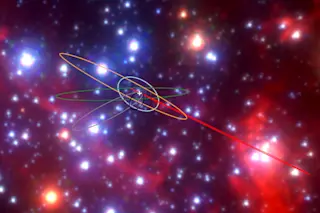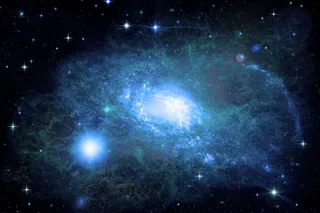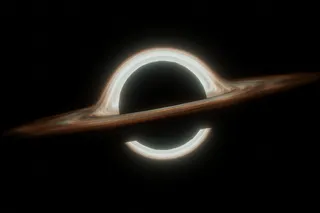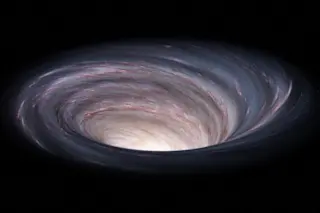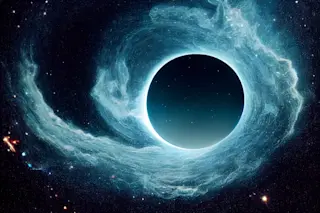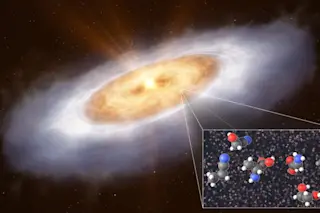Astronomers have discovered four new and mysterious objects orbiting the Milky Way's supermassive black hole, Sagittarius A*. The bizarre objects look a lot like common clouds of gas and dust, but they surprisingly manage to stay compact like stars as they run laps around our galaxy's gargantuan black hole.
The quartet of new objects share striking similarities with two others, dubbed G1 and G2, that were found in the past 15 years or so. This has led researchers to conclude the four new bodies likely belong to the same class of objects as G1 and G2, which are simply referred to as G-sources or G-objects.
Researchers don't yet know exactly what these G-objects are, but they think the strange bodies might be binary stars in the process of merging.
The team that spearheaded the new work has been studying the center of the Milky Way for decades. In the past, ...


